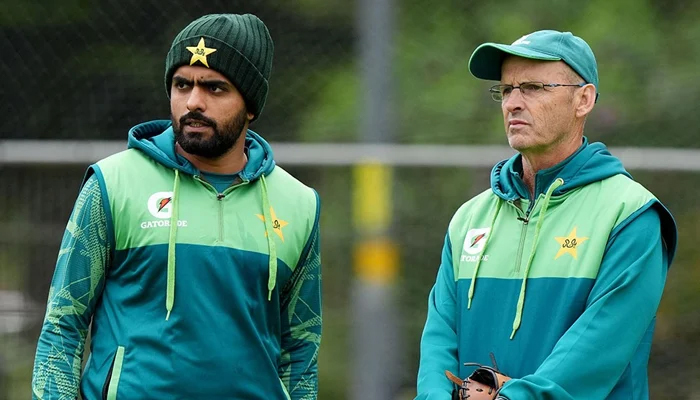Despite entering the T20 World Cup in poor form, there was optimism about Pakistan from their passionate fans. Could they do a ‘Pakistan’ and spring a surprise? Perhaps make a run to the final as they did in 2022? Or even win the whole thing?
Logic and form said no, but Pakistan are a team known to defy the odds. They can deliver the goods when least expected to. However, therein lies the problem. Pakistan has long been a team of hope rather than expectation.
Their abysmal elimination from the group stage of the T20 World Cup — headlined by a terrible loss to the USA — stems from the lack of stability within the playing camp and outside it.Since the start of 2022, the Pakistan Cricket Board (PCB) has seen five chief selectors come and go, including Wahab Riaz, who has just been sacked along with Abdul Razzaq.
Harood Rashid served twice in this period, with Shahid Afridi and Inzamamul Haq also serving short stints. Where is the long-term planning in Pakistan cricket?If you sat with chairman Mohsin Naqvi and asked him where he sees Pakistan in the next five years, would he know? Who does the organisation envisage as the key people to help get the nation to win the big trophies again?
Also, Pakistan specialises in chopping and changing captains and coaches. Such an environment does not allow leaders to implement their tactics, and players will be exposed to different leadership styles regularly.Shaheen Shah Afridi was named the T20I captain earlier this year before being cast aside, and the role was handed to Babar Azam even with the scars of the one-day international [ODI] World Cup last year still fresh.
It was a move driven by hope rather than expectation given Babar’s shortcomings last year, with Pakistan’s white-ball identity in the air as a result of the indecision.Now, Shaheen is in the spotlight with altercations with coaching staff members made public.The fact these events have been leaked fuels Pakistan’s desire to have a scapegoat after failure rather than accountability as a unit to drive future results.
Also, there can be no Pakistan cricket instability conversation without touching on how players can slam the captain on live television and then make their way back into the XI under the same leader.After Pakistan missed the semi-finals of the ODI World Cup in India, Imad Wasim and Mohammad Amir believed Babar Azam should step down.
Months later, Imad and Amir were selected under Babar’s captaincy for the T20 World Cup.It begs the question — what kind of conversations would go on between Babar and those two players who called for his outing?How could the focus only be on cricket in such a scenario? While Babar has his shortcomings, is it fair to only blame the captain for Pakistan’s displays?
After all, Pakistan have underachieved significantly in 50-over World Cups in the 21st century, qualifying past the group stage just twice.In June, reports emerged that the PCB will consider whether board members and ex-players who have affiliations with current players should be allowed to appear on TV as analysts.
You’d think that would be a given to ensure as much stability as possible. However, Pakistan’s troubles go even further.Gary Kirsten reportedly pinpointed players’ fitness, discipline and game awareness as the key issues plaguing Pakistan.
Also, questions need to be asked of the domestic setup, including its structure, the kind of pitches the matches are played on, and crucially, how players are developed.One such example is comparing India’s Shubman Gill with Pakistan’s Ali Zaryab, both of whom finished in the team of the tournament at the 2018 Under-19 World Cup.
Gill has since played 55 List A matches (excluding his 44 ODIs), aiding his growth and giving him the space to develop as a player.Add to that 52 first-class matches and 158 T20s. Conversely, Zaryab has played just five List A matches along with just a single T20 and 37 first-class matches by age 25.


